Post and Communications Museum
Post and Communications Museum
Immersed in Iran’s historical and cultural richness is a unique destination, the Post and Communications Museum, located in the heart of Tehran. This is a great destination to visit if you are living in Tehran or a tourist.
Set on the edge of the Moniereh district, near the lively areas of Beryanak and Sangelaj, this museum is an absolute delight for those intrigued by the fascinating evolution of communication technology.
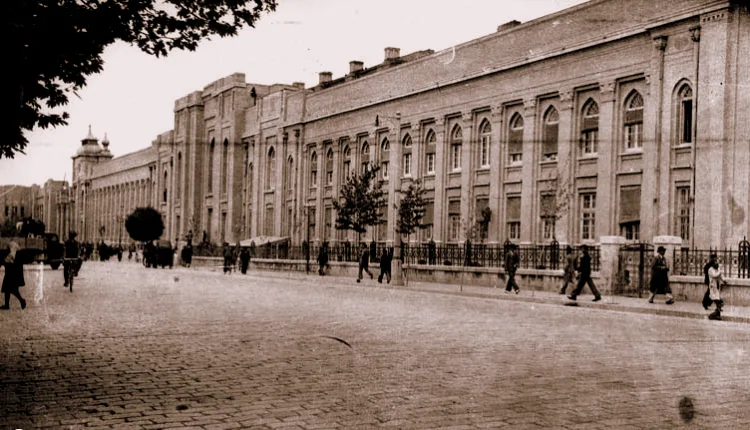
About the Post Museum
The Post and Communications Museum is the oldest post office building in Iran.
Interestingly, an Armenian-Russian-Iranian architect named Nikolai Markov designed this impressive structure between 1928 and 1934. Covering a land area of 6,000 square meters with a built-up area of 15,000 square meters.
The Museum showcases a perfect blend of Iranian and Western architectural styles and is right next door to the old government offices and buildings of the Foreign Ministry of Iran.
Check out our other museum write-ups here: Museums in Tehran
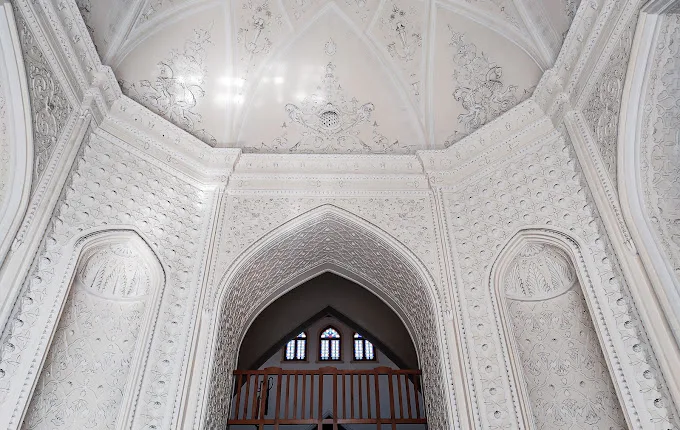
Architecture and Design of the Museum
What makes this museum special is its Art Deco architectural style fused with national architecture, a combination of Achaemenid architecture, symmetrical layout.
This form of architectural design started emerging during the first Pahlavi era.
Combining the solidity of the Achaemenid columns with western shapes gives the administrative buildings a distinct beauty and grandeur.
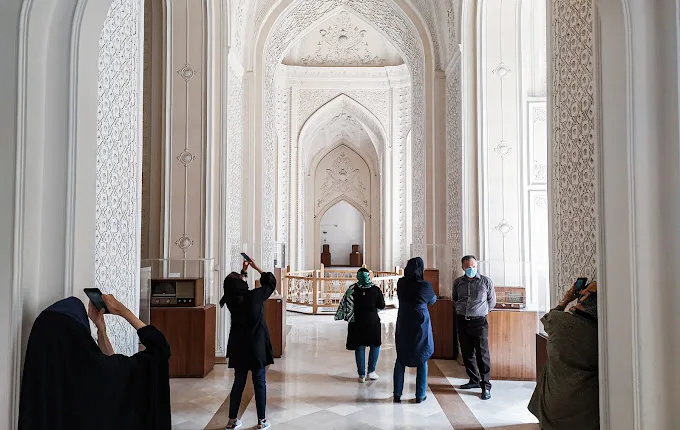
A Bit of History
The museum was initially opened on 5th May 1934 as the ‘Post and Customs Office,’ with the presence of 120 national representatives and statesmen.
Later, in 1990, the building was reopened after renovation of the customs and postal security sections.
However, it changed its function to the “Post and Telegraph Museum” in 1995. As telegraphs fell out of use and were replaced by telecommunications and telephones, the museum was renamed the “Post and Communications Museum” in 1999.
Also, it is noteworthy that the eastern part of the museum is currently under the jurisdiction of the Postal Bank and serves a different function.
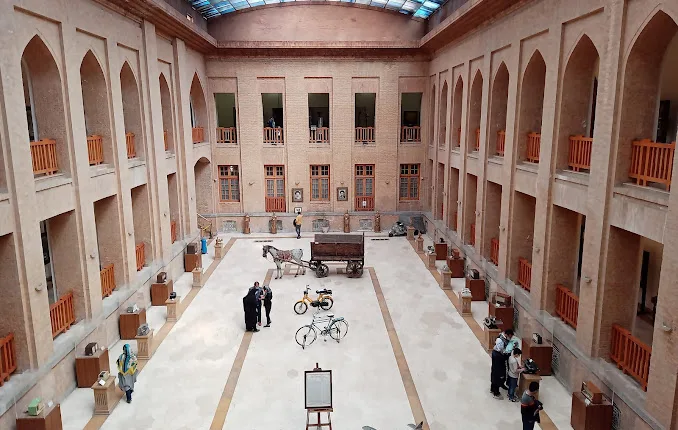
How to Get There
To reach the Post and Communications Museum, head to Imam Khomeini Street, adjacent to the main entrance of the National Garden, within the Mashq Square complex.
The museum’s official website provides details and updates about ongoing exhibits and events.
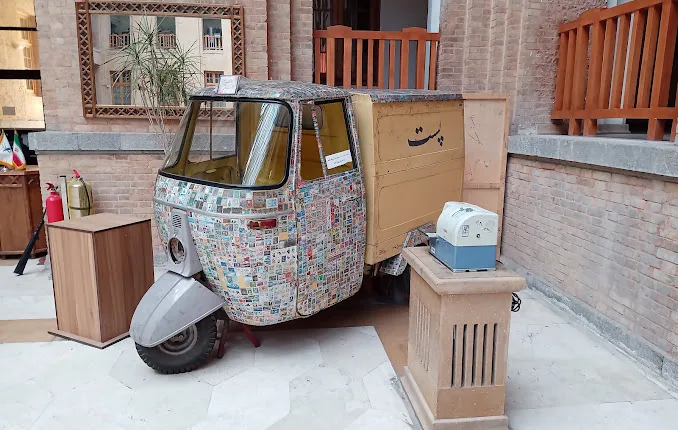
Architectural Design of the Post and Communications Museum
This museum boasts an awe-inspiring entrance on Imam Khomeini Street, composed of three sections. A crescent-shaped door sits in the center with a mezzanine overhead.
On either side of the main entrance, two prominent hexagonal columns with bull’s head capitals are reminiscent of the columns of Persepolis.
Also, the post office building has two floors and a basement, housing eight rooms with various themes.
The museum has three entrances – north, south, and east. Notably, its arch-shaped entrances, high ceilings, and geometric symmetry are its standout architectural features.
The central room on the first floor displays modes of freight transport such as wagons, tricycles, and aeroplanes, postal maps, gifts from other countries, and a few statues of postmen.
Surprising History
Surprisingly, domestic stamps from the Qajar era onwards are exhibited in the main hall, along with the presses used to create these stamps.
A notable one among them is the print of Ahmad Shah dating back to the 1800s.
In one of the rooms, pictures of 72 post and telegraph ministers from inception till now are displayed.
While the first-floor corridor is filled with pictures of postal department employees from the Qajar era to the present.
The administrative area, library, stamp shop, and communication resources in Persian, English, and French are also located in the first-floor corridor.
The second floor is dedicated to the first and second telecommunications rooms, a 100-person meeting hall, and an international stamp room.
The first room showcases a range of communication devices from old to new, including Morse codes, telegraphs, wire and cables, fax machines, Venus satellite, and so on.
The second room displays equipment like 100-digit magnetic phones, switchboards, receiving and transmitting devices, cordless phones, etc. In the international stamp room, stamps from around 130 countries are displayed.
National Registration This historical site was registered nationally on 25/12/1379 with the number 3500.

Hours of Operation and Admission
So, you can explore the museum from Saturday to Wednesday, between 9:00 am and 5:00 pm. The entry fee is fairly affordable, averaging around 10,000 Tomans for locals.
In total, An exploration of the museum typically takes around one to two hours. However, we recommend setting aside enough time to experience the exhibits fully.
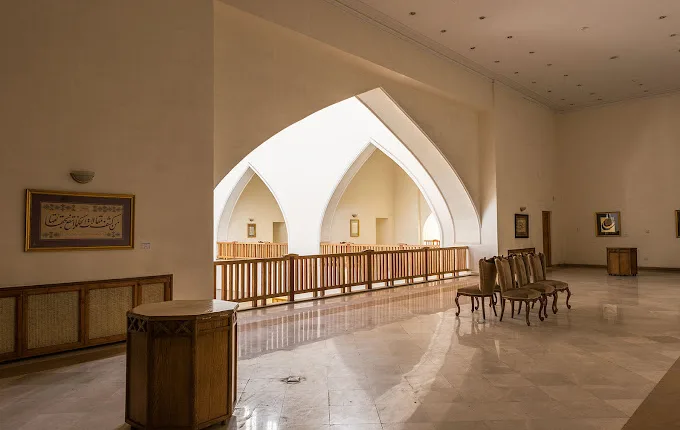
Access to the Post and Communications Museum
By private vehicle:
The Post Museum is located on Imam Khomeini Street, opposite Khayam Street.
Metro:
So, Using Line 1 of the metro, disembark at the Imam Khomeini station. With a 200-meter walk, you will arrive at the Communications Museum.
The museum is also a short walk away from the Ebrat Museum on the same street. So be sure to put both places on your list.
Bus:
Also, The nearest bus station to the Communications Museum is the City Park bus station. So, you can easily reach the Communications Museum with the buses that stop at this station.

